Enter a surname, town name or other keyword to search the database. Remember to
allow for the different spellings of 'Mc' and 'Mac.' Good luck!
{Search tips: Use single word search terms for more results}
You must enter some valid character(s) into the search field
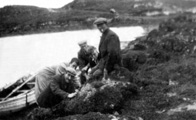
Reference: iml07
Isle of Lewis men. Alexander M...
|
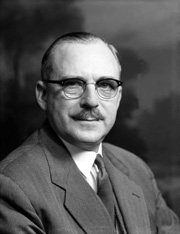
Reference: 45393b
Sir Leslie Joseph. Ex-Major Jo...
|
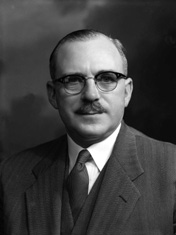
Reference: 45393a
Sir Leslie Joseph. Ex-Major Jo...
|
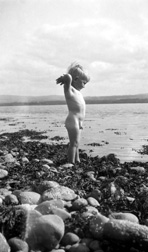
Reference: 21705h
George Maclennan (1920-2001) o...
|
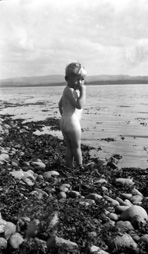
Reference: 21705g
George Maclennan (1920-2001) o...
|
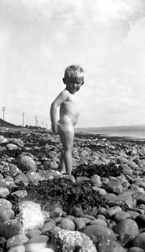
Reference: 21705f
George Maclennan (1920-2001) o...
|
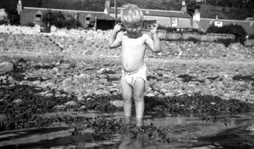
Reference: 21705e
George Maclennan (1920-2001) o...
|
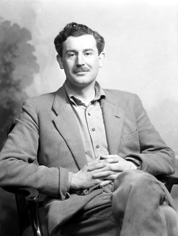
Reference: 40813b
Lord Lovat. Brigadier Simon Ch...
|
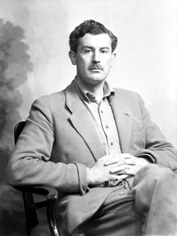
Reference: 40813a
Lord Lovat. Brigadier Simon Ch...
|
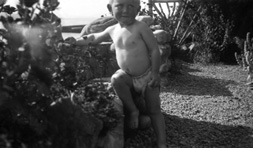
Reference: 21705d
George Maclennan (1920-2001) o...
|
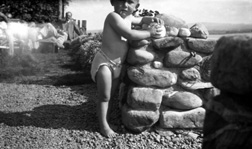
Reference: 21705c
George Maclennan (1920-2001) o...
|
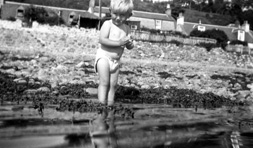
Reference: 21705b
George Maclennan (1920-2001) o...
|